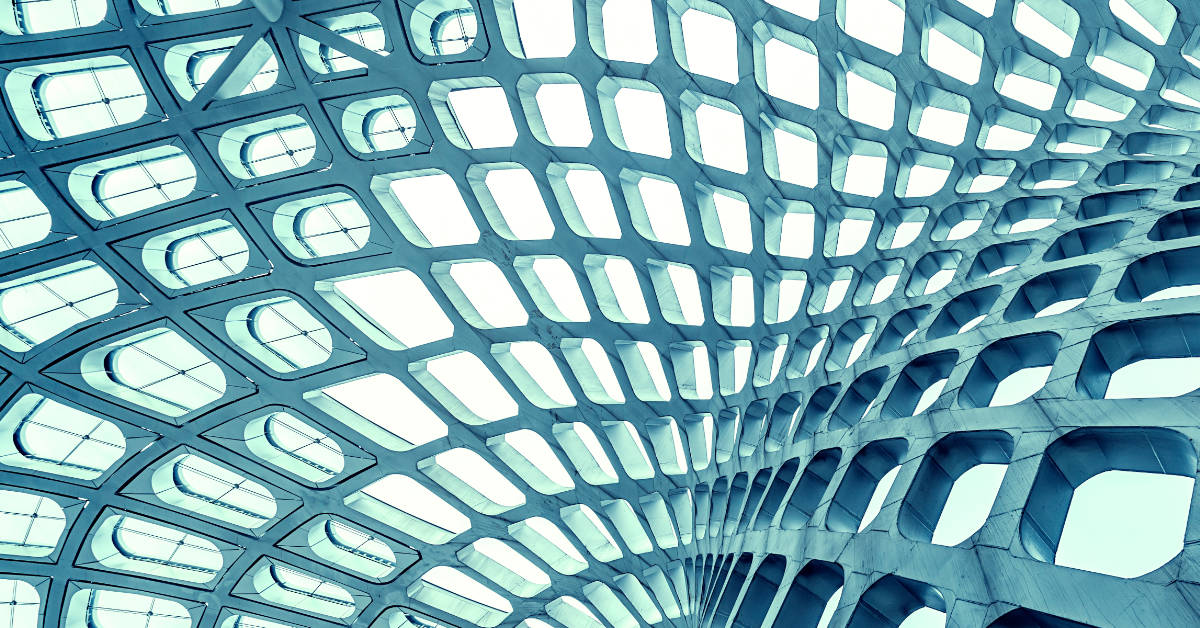Il glass plays a key role in building design. Its transparency is synonymous with brightness and elegance, two characteristics that make it the protagonist of valuable accessory elements and which allow us to envisage new applications for this material.
A team of researchers fromEmpa, the Swiss interdisciplinary research institute for materials science and technological development, has indeed designed a series of translucent glass blocks which can be used for load-bearing elements.
The combination of float glass and airgel granules
The glass blocks could then form entire walls of the building envelope, ensuring an effective thermal insulation and resistance to heavy loads, a hitherto unedited combination for this material. The novelty in this panorama is determined by theinsulating airgel, which the Empa team inserted inside the glass blocks.
The new material combines float glass with silica airgel granules, usually used to make insulation layers or plasters. Such a solution is a guarantee robust, safe, sustainable and aesthetically pleasing construction element.
The best insulating performance among the bricks on the market
Glass blocks filled with insulating airgel allow for save on heating and construction costs, making the insertion of layers of insulation superfluous.
During laboratory tests, the brick recorded excellent thermal conductivity (53 mW/mK) and convincing compressive strength (45 MPa). The incredible insulating performance is guaranteed by theair gap placed between the layers of glass. It reduces the transmission of heat, without compromising that of light.
The many applications
This solution is suitable for the many applications that require high light penetration, glare protection and privacy protection. In particular, airgel-filled glass blocks meet the needs of libraries, galleries, museums, offices, gyms, multipurpose halls, residential buildings, art laboratories and stairwells.
And also places that need the maximum diffusion of daylight, through small spaces, such as moles densely built urban neighborhoods. Translucent bricks are also ideal for places where light is needed for a healthy circadian rhythm: dormitories, hospitals, zoos, stables and greenhouses.
The cost analysis of such bricks testifies to the competitiveness of the combination of glass and airgel. Empa researchers are now awaiting interest from industrial partners, for the project, developed with support from the European Union's Horizon 2020 research and innovation programme, to soon become a widespread solution for both new building constructions and renovations.
Sources: empa.ch, renewable.it



